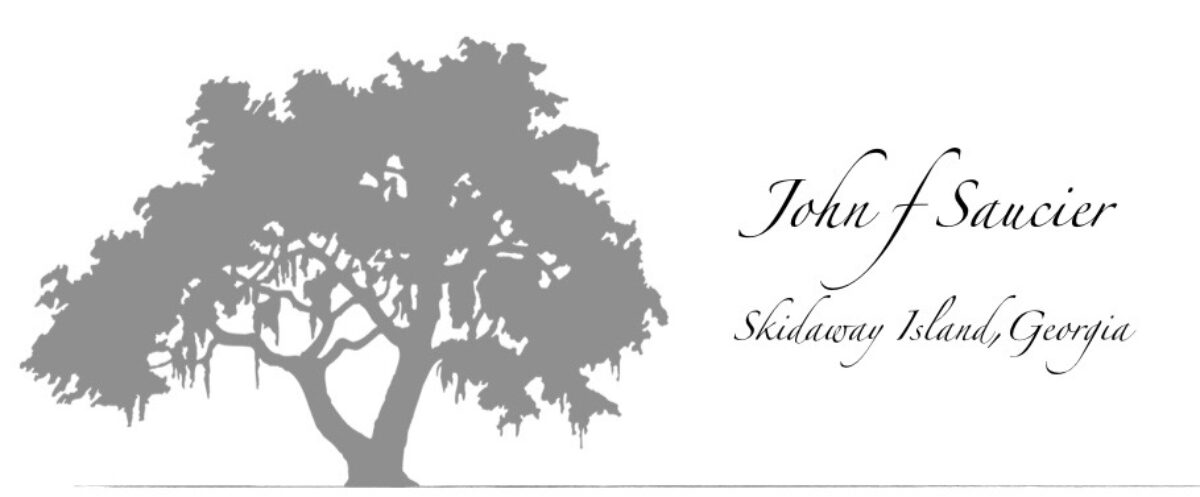This website began as an outgrowth of an article I wrote for the journal of the Guild of American Luthiers. José Romanillos, in his book Antonio de Torres, Guitar Maker – His Life and Work, catalogued 88 Antonio Torres’ guitars, providing key dimensional information for each instrument. The Guild article analyzed that dimensional information to explore the design and construction principles Torres employed. I have continued to build on that earlier work and will be updating this website in installments in the coming months. The new web page “Torres” will contain these updates including the process of constructing a guitar modeled on a Torres’ instrument.
The guitar saw a remarkable transformation in design from the late 18th century to the middle of the 19th century. When analyzing Torres’ design and construction principles, it is helpful to have some context for musical instrument construction of the period. Very few written resources exist. One such resource is J. C. Maugin’s book, Manuel du Luthier, first published in Paris in 1834. As part of my research, I co-authored an English translation of this French text. While focused primarily on violin-family instruments, it contains a chapter devoted to guitar construction as well as a great deal of other information pertinent to guitar construction. The new web page “Maugin” will provide the full text. A hardcover version of the translation may be obtained via LiveOakBooks.com.
The potential of Torres’ design innovations were instantly recognized. In the hands of an accomplished guitarist, the potential of Torres’ instruments could be fully realized. If Torres is often considered the father of the modern classical guitar, Tarrega is often recognized as the father of modern classical guitar technique. Tarrega came to Torres’ shop early in his career to acquire his first Torres guitar. He would ultimately own two other Torres guitars. Emilio Pujol authored a biography of Tarrega, Tarrega, Ensayo biografica. The book is a rich resource regarding Tarrega, Torres, and the guitars and guitarists of this period. Selected information from this book and other resources will be cited in the new web page “Tarrega.”
Links to supplemental articles may be found in the menu on the right side of this home page. These articles will detail additional resources and work beyond the scope of that found in the pages mentioned above.
